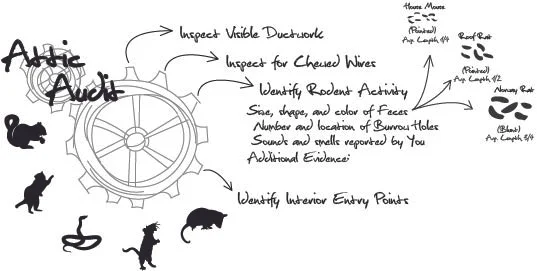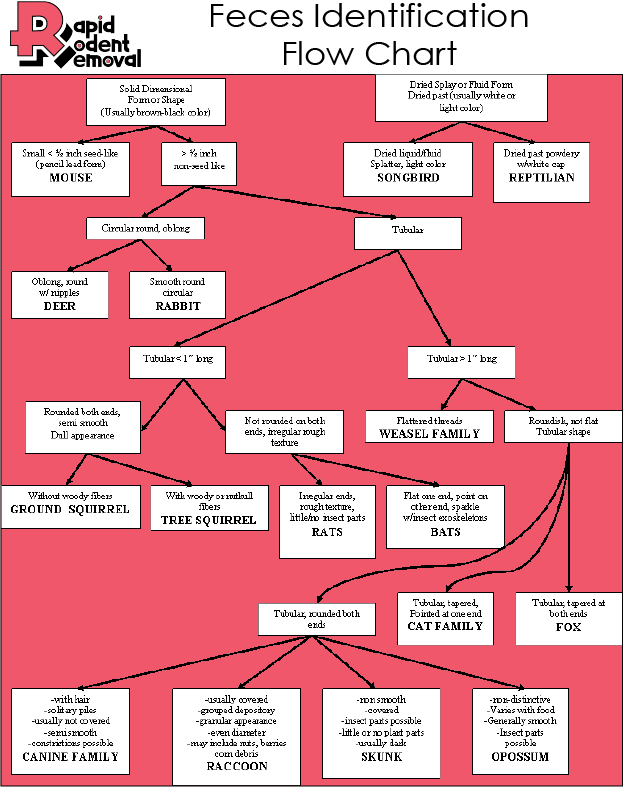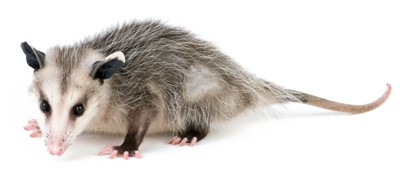Baby opossum
Baby Opossum: A Comprehensive Guide
Introduction to Baby Opossums
Baby opossums, also known as joeys, are the offspring of the only marsupial native to North America, the Virginia opossum. These fascinating creatures lead interesting lives and play a vital role in their ecosystem. In this comprehensive guide, we'll explore the physical characteristics, habitat, life cycle, behavior, diet, health, and importance of baby opossums in the ecosystem.
Physical Characteristics
Size and Weight
At birth, baby opossums are incredibly small, measuring only about the size of a honeybee. As they grow, they reach an average weight of 1.5 to 2 pounds and a body length of 15 to 20 inches, with their prehensile tail accounting for an additional 9 to 13 inches.
Fur and Coloration
Baby opossums are born hairless but quickly develop a coat of fur as they mature. Their fur is generally grayish-white, with a lighter face and darker legs and tail. Their coloration helps them blend into their surroundings, providing camouflage against predators.
Habitat and Distribution
Virginia opossums are found throughout the United States, with their range extending into parts of Canada and Mexico. They inhabit a variety of habitats, including forests, grasslands, and urban areas, and are quite adaptable to different environments. Baby opossums typically remain in their mother's pouch or on her back as she searches for food and shelter.
Life Cycle of Opossums
Mating and Reproduction
Opossums generally mate during the late winter or early spring, with a gestation period of only 12 to 14 days. After this brief period, the underdeveloped joeys are born and must immediately make their way to their mother's pouch to continue developing.
Birth and Development
Once inside the pouch, the baby opossums latch onto one of their mother's teats and continue to grow for about two months. During this time, they develop fur, open their eyes, and begin to explore their surroundings.
Juvenile Stage
After leaving their mother's pouch, the joeys spend another month or two riding on her back while they learn to find food and navigate their environment. At around four months of age, the young opossums become independent and begin to establish their own territories.
Adulthood
Opossums reach sexual maturity at around 6 to 8 months of age and have a relatively short lifespan, typically living for only 2 to 4 years in the wild.
Behavior and Social Structure
Opossums are primarily
Continue writing please
solitary, nocturnal animals that are most active during the night. They are excellent climbers, thanks to their prehensile tails, which help them navigate through trees and other structures with ease. Although they are not aggressive creatures, opossums have been known to "play dead" or "play possum" when they feel threatened. This behavior involves the opossum falling limp, excreting a foul-smelling liquid, and appearing lifeless to deter predators.
Diet and Nutrition
Baby opossums are initially dependent on their mother's milk for nutrition. As they grow, they begin to transition to a more varied diet. Opossums are opportunistic omnivores, feeding on a wide range of food sources, including fruits, vegetables, insects, small mammals, eggs, and carrion. Their diverse diet contributes to their adaptability and ability to thrive in various environments.
Health and Common Ailments
Baby opossums are susceptible to several health issues, including parasites, respiratory infections, and injuries from other animals or vehicles. One notable health concern for opossums is a neurological condition called "opossum limp," which can result from trauma or a deficiency in certain nutrients. It is essential to contact a wildlife rehabilitator if you come across a baby opossum in need of assistance, as they have specialized knowledge and resources to provide the necessary care.
Importance to the Ecosystem
Opossums play a crucial role in their ecosystem by controlling insect and rodent populations, reducing the spread of disease, and helping to maintain a balanced food chain. Additionally, opossums are known to consume ticks, which can carry harmful diseases like Lyme disease, thus contributing to a healthier environment for humans and other animals.
Coexisting with Baby Opossums
If you encounter a baby opossum in your backyard or neighborhood, it is essential to give them space and allow them to go about their business. Avoid approaching, feeding, or attempting to handle them, as this can cause stress and may lead to injury for both you and the animal. If you believe a baby opossum is in need of assistance, contact a local wildlife rehabilitator for guidance.
Conclusion
Baby opossums are fascinating creatures that play a vital role in their ecosystems. Understanding their physical characteristics, life cycle, behavior, and importance can help us appreciate and coexist with these unique marsupials. By respecting their space and ensuring their safety, we can contribute to the health and wellbeing of both opossums and the environment.
Frequently Asked Questions
How can I tell the difference between a baby opossum and an adult opossum? Baby opossums are generally smaller in size, with shorter fur and a less developed tail. As they grow, their fur becomes thicker, and their tail becomes more robust and prehensile.
What should I do if I find an injured baby opossum? Contact a local wildlife rehabilitator for assistance. They have the necessary knowledge and resources to provide the proper care for injured or orphaned baby opossums.
Are opossums dangerous to humans or pets? Opossums are generally not aggressive and will try to avoid confrontation. However, it is essential to keep a safe distance and not approach or handle them, as they may bite if they feel threatened.
Do opossums carry rabies? While any mammal can contract rabies, opossums are less likely to carry the disease due to their lower body temperature, which makes it difficult for the rabies virus to survive.
How can I discourage opossums from visiting my yard? To deter opossums from your property, ensure that all food sources are secured, including pet food, garbage cans, and bird feeders. Additionally, eliminate potential hiding spots by sealing off crawl spaces, clearing away brush piles, and trimming overgrown vegetation
All About Animals …
Suspendisse nec congue purus. Aenean eu justo sed elit dignissim aliquam. Suspendisse nec congue purus. Class aptent taciti sociosqu ad litora torquent per conubia nostra, per inceptos himenaeos.
RATS
SQUIRRELS
RACCOONS
OPOSSUMS
SNAKES
BATS
WILDLIFE REMOVAL
articles:
What does a rat nest look like ?
What is a Squirrel King












